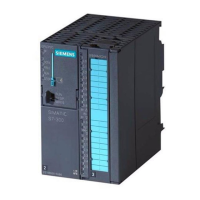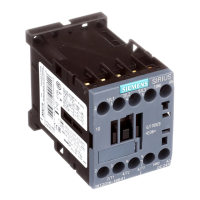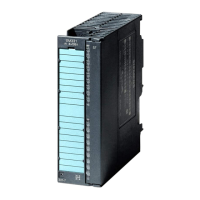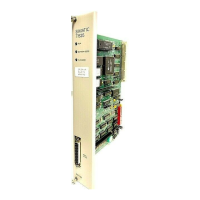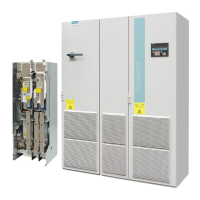Engineer Management
95
Siemens Building Technologies
Fire Safety & Security Products 07.2009
19.9.2 Delete E-Bus devices
[TM912] Delete expanders This menu function enables E-bus components to be deleted.
NOTE
The deletion does not delete the address in the component, but instead the component is
deleted from the system. The deleted components are indicated by a * in the configuration
display.
Type of components Each type of components has independent addressing. Each type begins with address 1.
The following types of components can be selected:
1. Expanders
2. Power supply
3. Keypads
4. Verification modules
5. Radio gateways
6. Output modules
Retrospective deletion If an E-bus component has been inadvertently deleted, it is not necessary to address this again, but in-
stead it can be logged into the system again using the "BUS option, E-bus configuration" (TM913) in the
engineer menu.
E-bus configuration The E-bus configuration shows the current state of the components on the E-BUS. Therefore the E-bus
configuration is shown after the deletion. All E-bus components of this type of equipment are displayed.
The status of Address 1 is shown at the first position and that of Address 2 at the second position etc.
The symbols have the following meaning:
z * Newly addressed or deleted E-bus component.
With this address a component exists on the E-bus but is not logged in to the system.
z “Letter”: E-bus component logged into the system.
With this address a component is recognized as a system part.
z ? Logged-in E-bus component missing.
With this address a component was logged into the system but is now missing on the E-bus.
z - No E-bus component. With this address there is no component on the E-bus.
Also, no component with this address was logged into the system.
19.9.3 Configuration E-Bus
[TM913] Config Expanders This menu function shows the configuration status of the installed components.
Type of components Each type of components has independent addressing. Each type begins with address 1.
The following types of components can be selected:
1. Expanders
2. Power supply
3. Keypads
4. Verification modules
5. Radio gateways
6. Output modules
E-bus configuration The E-bus configuration shows the current state of the components on the E-BUS. Therefore the E-bus
configuration is shown after the deletion. All E-bus components of this type of equipment are displayed.
The status of Address 1 is shown at the first position and that of Address 2 at the second position etc.
The symbols have the following meaning:
z * Newly addressed or deleted E-bus component.
With this address a component exists on the E-bus but is not logged in to the system.
z “Number”: E-bus component logged into the system.
With this address a component is recognized as a system part.
z ? Logged-in E-bus component missing.
With this address a component was logged into the system but is now missing on the E-bus.
z - No E-bus component. With this address there is no component on the E-bus.
Also, no component with this address was logged into the system.
Update E-bus configura-
tion
During updating, all components on the E-bus are logged into the system with their current addresses. All
components which are no longer present are deleted from the system. Thus all "?" becomes " - " and " * "
becomes "Number".
Do not save If "Do not save" is selected during the E-bus configuration, the new addresses in the equipment are still
valid but are not logged in to the system.
Radio receiver After the display of the configuration of the radio receivers the emulated line expansions are displayed.

